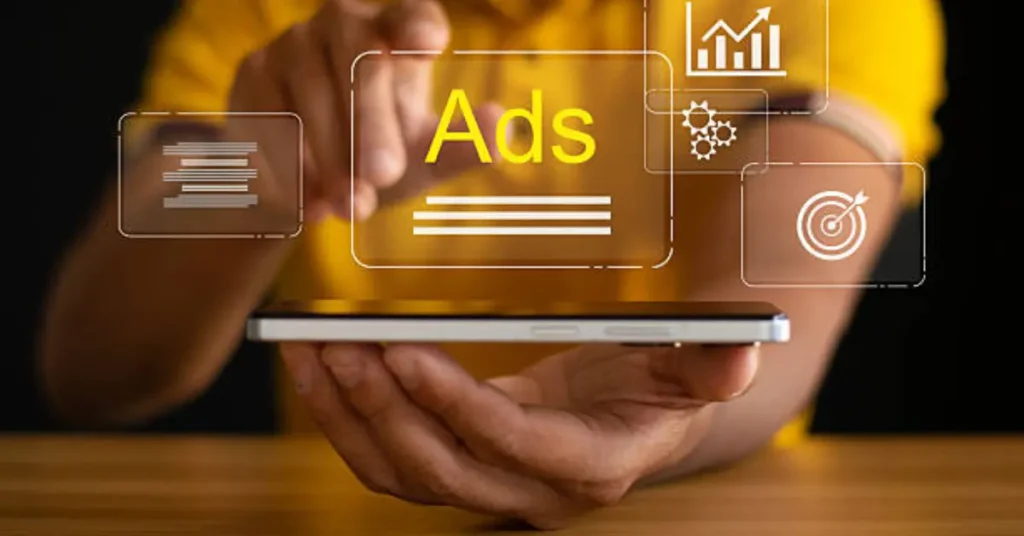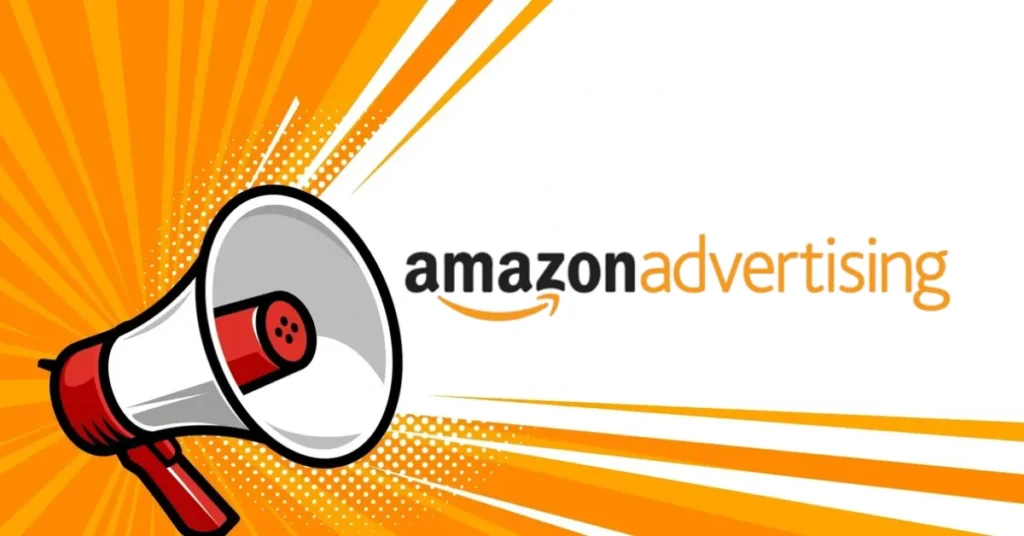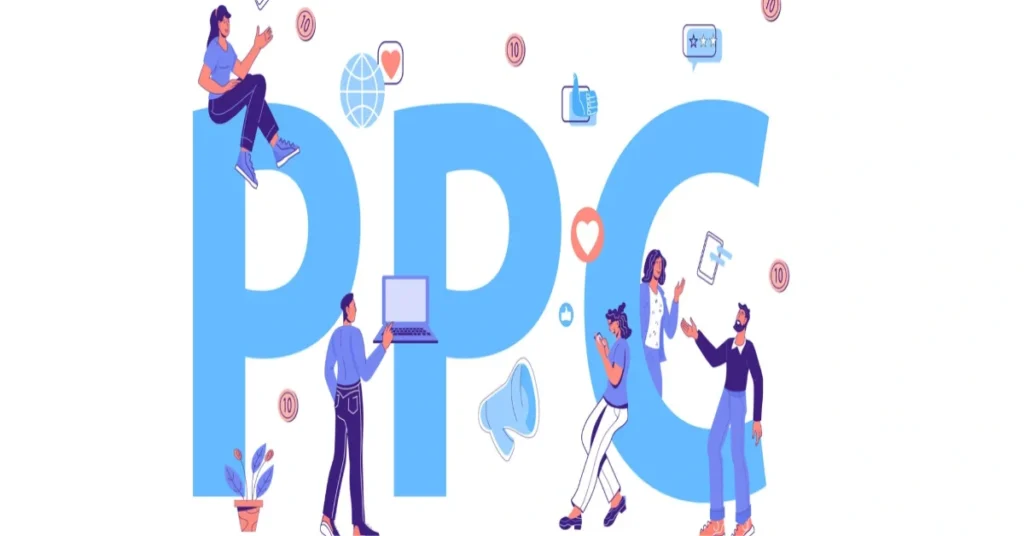Are you ready to transform your Facebook advertising? Facebook Ads automation is revolutionizing the way businesses operate across the United States. In today’s competitive online environment, simply running ads isn’t enough. You need to be smart, efficient, and constantly adapting. That’s where automation steps in.
I’m talking about using clever tools and pre-set rules to handle the repetitive, time-consuming parts of your ad campaigns. Imagine your ads running themselves, adjusting budgets, pausing underperformers, and finding new customers, all while you focus on the bigger picture. This isn’t just about making things a little easier; it’s about unlocking serious growth for your business.
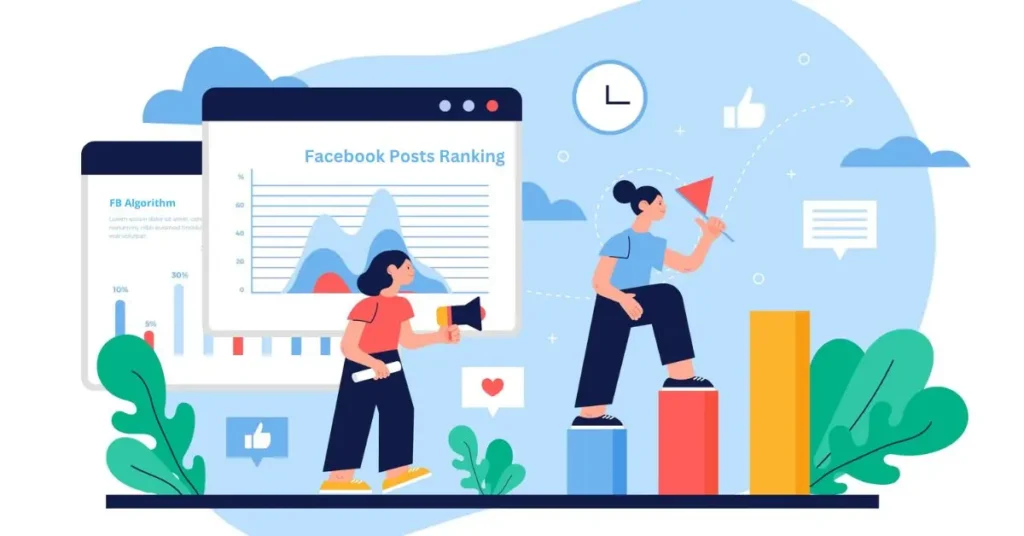
Why is this so important for US businesses right now? Our market moves quickly. Ad costs can climb, and you need to stretch every dollar. WordStream’s 2017 report on Facebook advertising benchmarks provides key performance metrics across various industries. This study, based on a sample of US-based client accounts, analyzes average Click-Through Rate (CTR), Cost Per Click (CPC), Conversion Rate (CVR), and Cost Per Action (CPA).
The report indicates the average CTR for Facebook ads across all industries was 0.90%, with retail and apparel showing higher engagement. Conversely, average CPC was $1.72, with financial and insurance industries facing significantly higher costs per click.
Facebook ads generally boasted a strong average conversion rate of 9.21%, notably higher than Google Ads. Industries like fitness, education, and employment & job training achieved particularly high CVRs. The average CPA across all industries was $19.68, demonstrating the varying cost-effectiveness of conversions for different sectors. Managing diverse campaigns for different American audiences can feel like a full-time job on its own. Automation saves you time and resources, allowing you to focus on strategy and truly connect with your customers.
Let’s explore how Facebook Ads automation works, what it offers, and how you can use it to your advantage.
The Building Blocks of Facebook Ads Automation
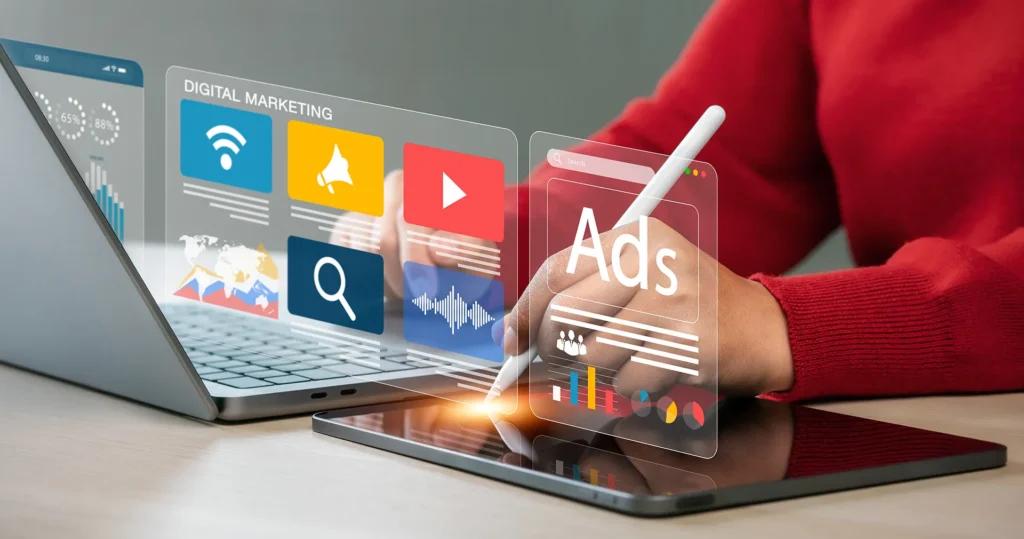
At its heart, Facebook Ads automation uses intelligent systems to manage your advertising. Think of it as having a tireless assistant for your campaigns.
Automated Rules: Your Basic Control Panel
Facebook provides its own automated rules within Ads Manager. These are your first steps into automation. They work on a simple “if-then” logic.
- Key Idea: “If [a specific condition occurs], then [take a predefined action].”
- Common Conditions:
- Spend: If an ad set spends more than X amount.
- ROAS (Return on Ad Spend): If ROAS falls below Y.
- Impressions: If an ad reaches Z impressions without a click.
- Frequency: If an ad’s frequency goes too high.
- Cost Per Acquisition (CPA): If CPA exceeds a certain threshold.
- Common Actions:
- Pause: Stop an underperforming ad or ad set.
- Activate: Turn on an ad when conditions are met.
- Adjust Budget: Increase or decrease daily or lifetime budgets.
- Send Notifications: Alert you when a rule triggers.
- Real-World Use: You can set a rule to pause an ad if its cost per lead goes above $50. Or, increase the budget for an ad set if its ROAS is consistently above 4x. These simple rules save you from the need for constant manual checking.
Going Further with Third-Party Automation Tools
While Facebook’s native rules are helpful, dedicated third-party automation tools offer even more power. These platforms often use advanced AI and machine learning to take optimization to the next level.
- Beyond Basic Rules: They can react faster and with more nuance than simple “if-then” statements.
- AI/Machine Learning: These systems learn from your data. They predict which changes will improve performance. This means your ads get smarter over time.
- Advanced Reporting: You gain deeper insights into your campaign performance.
- Multi-Platform Reach: Many tools manage ads not just on Facebook, but also on Instagram, Messenger, and the Audience Network. Some even integrate with other platforms like LinkedIn or TikTok, creating a unified advertising hub.
- Popular Tools: Companies like AdEspresso, Madgicx, and Revealbot offer robust features. Each has its strengths, from A/B testing to AI-driven insights.
The Many Facets of Facebook Ads Automation

Let’s break down the specific areas where automation truly shines.
Campaign Management & Optimization
Advantage campaign budget, formerly Campaign Budget Optimization (CBO), automatically distributes an advertiser’s total campaign budget across their ad sets. This centralized approach eliminates the need for individual ad set budgets, simplifying campaign management.
Facebook’s system continuously optimizes budget allocation in real-time, directing more spending towards the best-performing ad sets. The goal is to maximize overall campaign results and achieve the desired outcome at the most efficient cost.
This feature prioritizes campaign-level goals, aligning budget distribution with the chosen bid strategy. Advantage campaign budget also allows for flexible scheduling, enabling advertisers to increase spending during specific promotional periods to capitalize on increased demand. This is where automation takes the heavy lifting out of running your campaigns.
- Ad Scheduling: My team schedules ads to run only when our target audience is most active. For a US e-commerce store, this might mean pausing ads overnight and reactivating them during peak shopping hours.
- Budget Optimization: Facebook’s own Campaign Budget Optimization (CBO) uses AI to distribute your budget across ad sets for the best results. Third-party tools can take this further. They dynamically adjust spending based on real-time performance. This ensures you spend more on what works and less on what doesn’t.
- Bid Management: Automation tools manage your bids to hit specific cost targets. If you aim for a $10 cost per lead, the system adjusts bids to stay close to that goal.
- A/B Testing & Iteration: I love this feature. Automation runs multiple versions of your ads—different images, headlines, calls to action. It then automatically pauses the underperforming ones and allocates more budget to the winners. This accelerates your learning and improves ad quality.
Audience Targeting & Segmentation
Finding the right people for your ads is vital. Automation makes it precise.
- Dynamic Audience Updates: Imagine a tool automatically adding new website visitors to your retargeting audience, or removing recent purchasers so they don’t see “buy now” ads they no longer need. This keeps your audiences fresh and relevant.
- Lookalike Audience Refresh: Lookalike audiences are powerful. Automation tools can regularly refresh these audiences. This ensures they reflect the most current behavior of your ideal customers.
- Geo-Targeting Refinements: My team uses automation for highly localized campaigns across the US. We can trigger ads based on real-time weather in specific states for a clothing brand. Or, for a local service, we might automatically adjust ad spend in certain zip codes based on competitor activity. This level of precise geographical focus ensures your ads reach people in the right place at the right time.
Creative & Content Automation
Even the creative process gets a boost from automation.
- Dynamic Creative Optimization (DCO): This Facebook feature automatically combines different ad elements (images, videos, headlines, descriptions) to create personalized ads for each viewer. It learns what resonates best.
- AI-Assisted Content Generation: Some tools now use AI to help write headlines or ad copy. They can even suggest images based on your product. This isn’t about replacing human creativity, but about speeding up the initial draft process.
- Bulk Ad Creation: Need to launch dozens of ads for a new product line? Automation tools can quickly generate multiple ad variations from a single template.
Reporting & Analytics Automation
Understanding your ad performance is key. Automation delivers insights effortlessly.
- Customizable Dashboards: I set up dashboards that show me exactly the metrics I care about – ROAS, CPA, click-through rates, and more. This provides a real-time pulse on our campaigns.
- Automated Report Delivery: Imagine getting a detailed report every Monday morning in your inbox, without lifting a finger. Automation handles this. It saves countless hours on manual data compilation.
- Performance Alerts: My team gets alerts if an ad’s performance drops unexpectedly or if a budget is about to be exhausted. This proactive notification lets us address issues before they become problems.
Lead Nurturing & CRM Integration
Connecting your ad efforts to your sales process is critical, especially for US businesses focused on lead generation.
- Automated Lead Syncing: Leads captured through Facebook Lead Ads can automatically sync with your CRM (Customer Relationship Management) system. This means no more manual lead exports or delays in follow-up.
- Automated Follow-ups: Once a lead enters your CRM, automation can trigger immediate email sequences or even assign the lead to a sales representative. This ensures warm leads receive timely attention.
- Seamless US CRM Connections: This is a big one. Many tools offer deep integrations with popular US CRMs like Salesforce, HubSpot, Zoho, and ActiveCampaign. This connection allows for a truly cohesive sales and marketing funnel. For instance, a real estate agent in Arizona can automatically send new Facebook leads into their HubSpot CRM, triggering a personalized email about local property listings. This level of integration was once a dream; now it’s standard for many businesses.
The Tremendous Benefits of Facebook Ads Automation for US Businesses

Why should you embrace automation for your Facebook ads? The advantages are clear and impactful.
Maximizing ROI and ROAS
This is often the biggest win.
- Eliminating Waste: Automation stops underperforming ads quickly. It prevents you from spending money on ads that aren’t converting.
- Scaling Profitably: When an ad hits it big, automation can automatically increase its budget. This ensures you capitalize on success without overspending.
- Calculating Real ROI: For a US business, understanding your return on investment is non-negotiable. I use this formula:
(Revenue from Ads - Cost of Ads) / Cost of Ads * 100%. For example, if a campaign costs $1,000 and generates $5,000 in sales, your ROI is 400%. Automation helps optimize every part of this equation. In 2024, many businesses saw an average ROI of 4:1 to 10:1 on their Facebook ads when optimized. (Source: SaveMyLeads, June 2024).
Significant Time Savings
Time is money, especially for busy entrepreneurs and marketing teams.
- Focus on Strategy: Automation handles the daily grind. This frees you to develop bigger, more creative campaign ideas.
- Less Manual Work: No more daily checking, manual budget adjustments, or pausing ads.
Enhanced Precision & Performance
Automation tools are tireless. They work 24/7 to improve your results.
- Faster Reactions: Automation responds to data changes instantly. A human can’t match that speed.
- Data-Driven Decisions: Every adjustment is based on real-time performance data, not guesswork.
Scalability & Growth
Automation makes growth manageable.
- Manage More Campaigns: You can handle a larger number of campaigns without increasing your team size.
- Expand Your Reach: Easily target new audiences or geographical areas within the US.
Competitive Advantage
Your competitors are likely exploring automation. You should, too.
- More Efficient Operations: Automation helps you run leaner, more effective ad campaigns.
- Stay Ahead: Businesses that embrace automation often see better results than those sticking to manual methods.
Navigating US-Specific Compliance and Regulations

Running Facebook ads in the US means understanding and adhering to various rules. Automation can help, but it doesn’t replace careful planning.
Meta’s Ad Policies: A Foundation
First, always review Meta’s advertising policies.
- Prohibited Content: This includes illegal products, discriminatory practices, and misinformation.
- Restricted Content: Think alcohol, dating services, gambling, and certain health-related ads. These have specific rules to follow, often with age-gating or verification steps required.
US Data Privacy & Automation: The Evolving Landscape
This area requires constant attention, especially with the rise of state-specific privacy laws.
- CCPA (California Consumer Privacy Act) and Beyond: States like California, Virginia, and Colorado have their own data privacy laws. These laws impact how you collect, use, and share personal data from your ads. Automation tools help manage consent and data flow. They assist in ensuring your data collection practices align with these regulations. For instance, some tools have features to automatically add privacy policy links to lead forms, which is a Meta requirement and crucial for compliance.
- iOS 14.5+ and Future Privacy: Apple’s App Tracking Transparency (ATT) framework significantly changed how data is tracked. Automation adapts by focusing on aggregated event measurement and modeling. It helps maximize the data you can still gather while respecting user privacy choices. This means shifting focus to first-party data.
- First-Party Data Strategies: I find myself increasingly focused on collecting and activating first-party data. Automation helps integrate this data from your website or CRM directly into your ad campaigns, making targeting more accurate while being privacy-conscious.
Industry-Specific Regulations: Unique US Challenges
Certain industries face additional, strict advertising rules in the US.
- Healthcare (HIPAA): This is highly sensitive. Automation cannot target individuals based on specific health conditions or protected health information (PHI). However, it can optimize campaigns for broader, compliant audiences (e.g., people interested in general wellness) and ensure ads link to privacy-compliant landing pages. My advice: always consult legal counsel for healthcare advertising.
- Financial Services: Advertising credit, loans, or investments in the US involves specific disclosures and anti-discriminatory rules (e.g., Fair Lending laws). Automation helps ensure the correct disclaimers appear and that targeting avoids prohibited attributes.
- Real Estate: Fair housing laws prohibit discrimination in housing advertising. Automation tools, when used responsibly, can help ensure ad targeting adheres to these rules by avoiding discriminatory audience selections. You cannot, for example, exclude people based on race or religion in real estate ads.
- Political Advertising (US Election Cycles): This is a complex area. During US election cycles, political ads have strict disclosure requirements, authorized payer mandates, and sometimes limitations on targeting. Automation tools can help manage the placement and delivery of these ads, but cannot bypass the legal disclosure requirements. Meta itself has strict rules around political ads, requiring “Paid for by” disclaimers.
Accessibility Standards: Making Ads Inclusive
While not strictly regulatory in the same way as privacy, accessibility is increasingly important for US businesses.
- ADA Compliance for Ad Creatives: Automation tools, or features within Meta’s platforms, can assist. For example, ensuring video ads have captions for hearing-impaired users, or prompting you to add descriptive alt-text for images for visually impaired users. This helps your ads reach a broader audience while aligning with accessibility best practices.
Choosing the Right Facebook Ads Automation Tool for Your US Business

With many options available, how do you pick the best tool for your needs?
Key Considerations
- Budget: Do they offer a free trial? What are the pricing tiers?
- Features: Does it have the specific automation capabilities you need?
- Integrations: Does it connect with your CRM, analytics platforms, or other marketing tools?
- Ease of Use: Is the interface intuitive? Is there a steep learning curve?
- Customer Support: What kind of support do they offer?
- Scalability: Can the tool grow with your business?
Top Tools and Their Strengths
- AdEspresso: Excellent for A/B testing multiple ad variations and creative elements.
- Madgicx: An all-in-one platform with AI-powered optimization for advanced users.
- Revealbot: Strong for creating highly customized, rule-based automation workflows.
- Meta Business Suite/Ads Manager: Don’t forget Meta’s native tools! They offer powerful built-in automation features, especially for budget optimization (CBO) and basic rules.
Free vs. Paid Solutions
Many small businesses start with Facebook’s native automation tools. As your campaigns grow and become more complex, a paid third-party solution often becomes a smart investment. The time saved and the performance gains usually outweigh the subscription cost.
Real-World Success Stories: How US Businesses Win with Automation
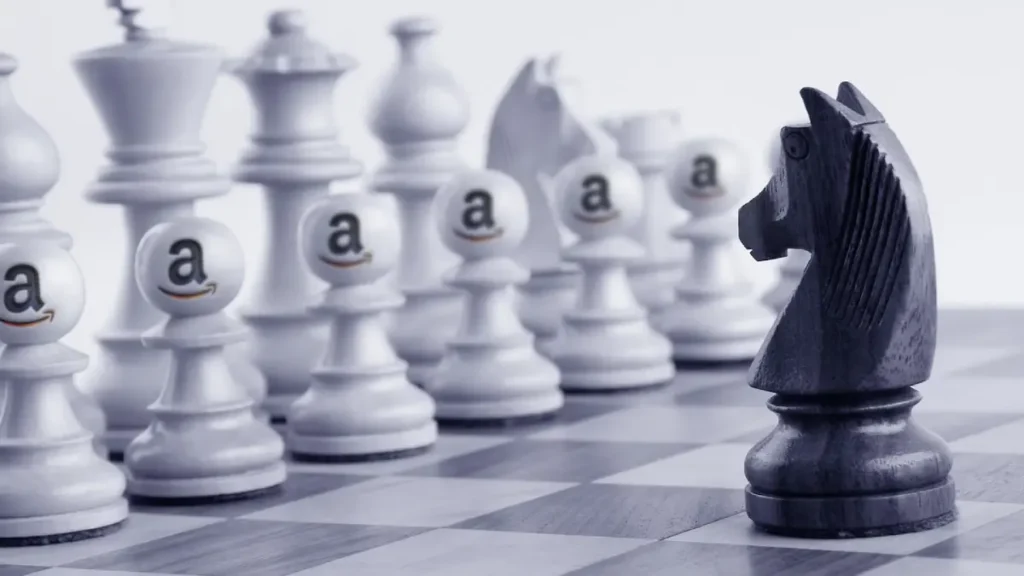
I’ve seen firsthand how automation transforms results for businesses like yours.
E-commerce Business: Surging Holiday Sales
Imagine a US-based online clothing retailer. They struggled during peak holiday seasons. Manual ad management meant missing sales opportunities and overspending on less effective ads.
- The Automation Play: They implemented dynamic product ads (DPAs) that automatically showed specific products to users who viewed them on their site. They used automation to scale budgets for winning ad sets during Black Friday and Cyber Monday.
- The Outcome: Their ROAS increased by 25% during the holiday period. They also saw a 15% reduction in wasted ad spend. This is automated budget scaling and real-time bid adjustments.
Local Service Business: Generating Quality Leads
A New York City personal training studio faced fierce competition. They needed a steady stream of qualified leads without constantly babysitting their ads. For local businesses looking to maximize their reach and drive results on the platform, understanding the nuances of budget allocation is crucial. To delve deeper into practical strategies for reaching your local audience effectively, check out my comprehensive guide on How to Run Facebook Ads for Local Business.
- The Automation Play: They set up geo-targeted automation rules. These rules increased ad spend in specific neighborhoods during off-peak gym hours. They integrated their Facebook Lead Ads directly with their CRM. This triggered automated email sequences offering a free consultation.
- The Outcome: The studio saw a 30% increase in qualified leads. Their cost per lead decreased by 10%. The automation ensured immediate follow-up, boosting conversion rates for consultations.
SaaS Company: Optimizing Customer Acquisition
A US-based B2B software company needed to reduce its customer acquisition cost (CAC). They had a long sales cycle.
- The Automation Play: They used automation to segment their audience. This included targeting users who downloaded a whitepaper but hadn’t signed up for a trial. Automation adjusted bids based on the lead’s engagement level and potential lifetime value (LTV). They also integrated Facebook ad data into their sales funnel.
- The Outcome: They reduced their CAC by 18%. This helped them scale their user base more profitably. The automation ensured that marketing and sales teams worked seamlessly together.
Implementing Facebook Ads Automation: Best Practices
Automation offers incredible potential, but smart implementation is key.
- Define Clear Goals: What do you want automation to achieve? More leads? Higher sales? Lower costs? Specific goals guide your strategy.
- Start Small & Learn: Don’t automate everything at once. Begin with simple rules. Test them thoroughly. Gradually expand your automation efforts as you gain confidence.
- Continuous Monitoring: Automation isn’t “set it and forget it.” I always emphasize that human oversight remains crucial. Regularly review your automated campaigns. Look for unexpected trends or technical glitches.
- Analyze Data: Use the insights from your automated reports. This data helps you refine your overall advertising strategy.
- Stay Informed: Facebook’s platform, privacy policies, and industry regulations change often. Stay updated to ensure your automation remains effective and compliant.
Conclusion: The Future of Advertising is Automated
Facebook Ads automation is no longer a luxury; it’s a necessity for any business serious about thriving in the US market. I believe in its power to transform your marketing efforts. It gives you the efficiency, precision, and scalability you need to succeed.
By embracing smart tools and strategies, you move beyond the daily grind. You can focus on connecting with your audience, crafting compelling messages, and building a stronger brand. So, leap. Explore the possibilities. Start automating your Facebook ads today and watch your marketing soar.

